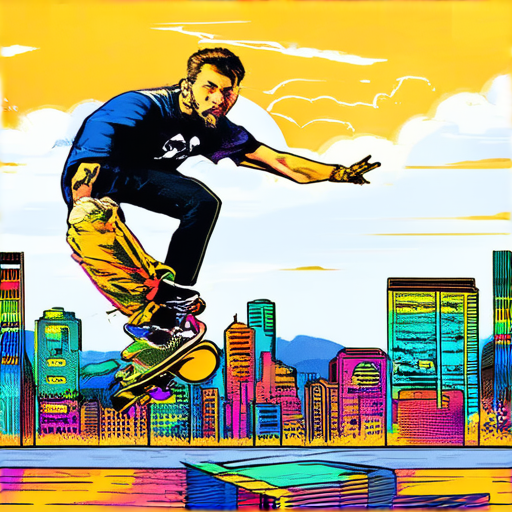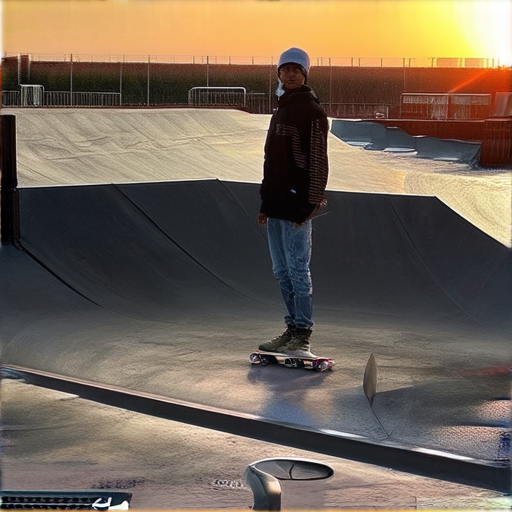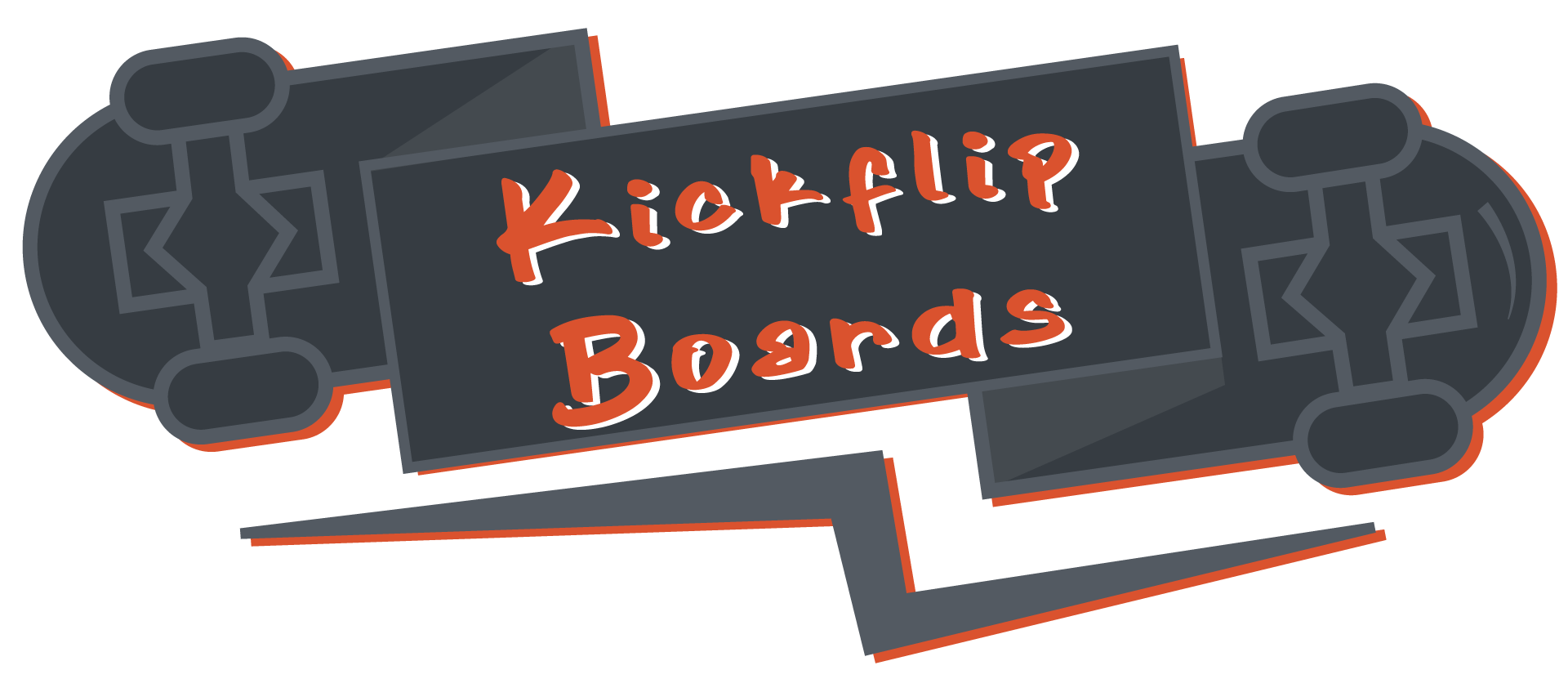Embarking on a journey to master skateboarding tricks requires dedication, perseverance, and a well-planned approach. As a beginner, it’s essential to start with the fundamentals and gradually build upon them, selecting the right tricks for your skill level and focusing on developing muscle memory through consistent practice. By understanding the mechanics of basic tricks like the ollie and mastering the art of balance and coordination, you’ll lay the groundwork for more complex maneuvers like the Casper flip and 180 ollie. In this comprehensive guide, we’ll delve into the essential tips for learning tricks, exploring strategies for setting realistic goals, analyzing progress, and cultivating mental toughness to overcome obstacles and stay motivated.

What Skate Trick Should I Learn First?
As a beginner, learning the right skate tricks can be overwhelming, but don’t worry, we’ve got you covered.
- The Basics
- Mastering the fundamentals of skateboarding is crucial before moving on to more complex tricks.
- Start by getting comfortable with your skateboard, focusing on balance, board feel, foot placement, and weight distribution.
- Foundational Tricks
- The kickturn is an excellent trick to start with, as it helps develop your balance and control.
- The heel flip is another fundamental trick that requires coordination and timing.
- The nose manual is a great trick for practicing balance and stability.
- Why Not Start with the Ollie?
- While the ollie is an essential trick, it’s not necessarily the first one you should learn.
- Mastering the ollie requires a solid foundation in balance, board feel, and weight distribution, which is why it’s recommended to learn foundational tricks first.
- Practice Makes Perfect
- Remember, practice is key to mastering any skate trick.
- Start with short sessions and gradually increase the duration as you become more comfortable with the trick.
At Kickflip Boards, we’re passionate about helping skaters of all levels enhance their skills and stay connected with the skate culture.
For more information on skateboarding techniques, gear recommendations, and the latest trends in skateboarding, visit our website and explore our resources.
How to Ollie for Beginners
The ollie is a fundamental skill in skateboarding that requires balance, coordination, and practice.
- Stance: Stand with your dominant foot forward, with your weight evenly distributed between both feet.
- Positioning: Place your back foot near the tail of the board, with your toes pointing slightly outward.
- Knee Bend: Keep your knees bent and your center of gravity low, ready to explosively push off the ground.
- Pop: Snap your tail downwards, applying pressure to the trucks and popping the board upwards.
- Lift: As the board lifts off the ground, shift your weight onto your front foot and bring your back foot up to meet it.
- Balance: Maintain your balance by keeping your knees bent and your weight centered over the board.
Tips and Tricks:
- Practice Regularly: Consistency is key when learning to ollie. Practice regularly to develop muscle memory and improve your technique.
- Start Low: Begin with small pops and gradually increase the height as you become more comfortable with the motion.
- Focus on Your Pop: The pop is the most critical part of the ollie. Focus on snapping your tail downwards and applying pressure to the trucks.
- Keep Your Knees Bent: Maintaining a low center of gravity will help you stay balanced and control the board.
- Stay Relaxed: Tension can throw off your balance and make it difficult to land the ollie. Stay relaxed and focused throughout the process.
Common Mistakes to Avoid:
- Over-Popping: Popping the board too high can cause you to lose balance and struggle to land.
- Under-Popping: Failing to apply enough pressure to the trucks can result in a weak pop and difficulty landing.
- Not Keeping Your Knees Bent: Failing to maintain a low center of gravity can cause you to lose balance and struggle to control the board.
Learn More About Skateboarding Tips and Tricks
What is a Casper Flip?
A Casper flip is a fundamental trick in skateboarding that involves flipping the board with the front foot while shifting the weight back.
-
Understanding the Basics
To perform a Casper flip, start by positioning yourself on the skateboard with your dominant foot on the tail and your other foot on the nose.
-
Shifting Weight and Flipping the Board
Shift your weight back, allowing the board to roll over once it reaches its inverted position. As the board flips, keep your knees bent and your weight centered over the board.
-
Mastering the Technique
Practice makes perfect! To master the Casper flip, focus on developing a smooth and consistent motion, keeping your arms relaxed and your eyes focused on the horizon.
Tips and Tricks
-
Start with lower heights and gradually increase the height as you become more comfortable with the trick.
-
Keep your weight centered over the board and your knees bent to maintain balance and control.
-
Focus on the motion of the board rather than trying to flip it with your feet.
Common Mistakes to Avoid
-
Don’t try to flip the board too hard, as this can cause loss of balance and control.
-
Avoid leaning forward or backward, as this can disrupt the balance of the board.
-
Don’t get discouraged if you don’t land the trick immediately – practice patience and persistence!
Conclusion
The Casper flip is a fundamental trick in skateboarding that requires practice, patience, and persistence. By mastering the basics and avoiding common mistakes, you’ll be able to perform this trick with confidence and style.

Mastering the 180 Ollie: A Step-by-Step Guide
To perform a 180 ollie, start by positioning yourself on the skateboard with your dominant foot on the tail and your other foot on the nose.
- Positioning: Make sure your feet are shoulder-width apart and your knees are bent slightly.
- Pop: Snap the tail downwards to pop the board off the ground.
- Rotation: As the board leaves the ground, rotate your body 180 degrees by turning your upper body and following through with your legs.
- Re-entry: Bring the board back down to the ground, rolling away smoothly.
Practice makes perfect, so don’t get discouraged if you don’t land it immediately. Start with lower heights and gradually increase the distance as you become more comfortable with the movement.
Tips and Tricks:
- Weight distribution: Keep your weight centered over the board to maintain balance.
- Arm swing: Use your arms to help generate momentum and control the rotation.
- Leg position: Keep your legs relaxed and let them follow the motion of the board.
Common Mistakes to Avoid:
- Over-rotation: Don’t over-rotate, as this can cause you to lose balance and fall.
- Under-pop: Make sure to snap the tail hard enough to get sufficient height.
- Lack of practice: Consistency is key – keep practicing until you master the 180 ollie.
Remember to stay focused, patient, and persistent, and you’ll be landing 180 ollies in no time!
Master New Tricks in No Time: Proven Strategies for Learning Quickly and Consistently
As a skateboard enthusiast, I’m always looking for ways to improve my skills and learn new tricks quickly and consistently.
- Set Clear Goals: Before starting to learn a new trick, define what you want to achieve and set specific goals. Break down complex tricks into smaller components and focus on mastering each step.
- Practice Regularly: Consistency is key when it comes to learning new tricks. Set aside dedicated time each day or week to practice, and make sure to review and refine your technique regularly.
- Focus on Fundamentals: Develop a strong foundation in basic skateboarding skills, such as balance, coordination, and control. This will help you build confidence and progress faster when learning new tricks.
- Watch and Learn from Others: Observe experienced skaters and learn from their techniques, style, and approach. Watch videos, attend workshops, and join online communities to gain valuable insights and inspiration.
- Stay Motivated: Learning new tricks can be challenging and frustrating at times. Stay motivated by setting achievable milestones, rewarding yourself for progress, and celebrating small victories along the way.
- Get Feedback and Adjust: Seek feedback from coaches, mentors, or peers to identify areas for improvement. Use this feedback to adjust your technique, refine your approach, and accelerate your progress.
- Stay Safe and Healthy: Prioritize your physical and mental well-being by wearing protective gear, warming up before sessions, and taking regular breaks to rest and recover.
By incorporating these strategies into your skateboarding routine, you’ll be able to learn new tricks quickly and consistently, while also developing a deeper appreciation for the sport and its community.
Additional Resources:
Conclusion:
Learning new tricks takes time, patience, and dedication, but with the right mindset and approach, you can overcome obstacles and achieve your goals. By combining these strategies with consistent practice and a passion for skateboarding, you’ll be able to master new tricks in no time and take your skills to the next level.

Mental Preparation and Practice Strategies for Mastering New Skills and Tricks
To master new skills and tricks, it’s essential to develop a strong mental foundation and consistent practice routine.
-
Mental Preparation Strategies:
- Set Clear Goals: Define what you want to achieve and set specific, measurable goals.
- Develop a Positive Mindset: Believe in yourself and your ability to learn and master new skills.
- Manage Stress and Anxiety: Find healthy ways to cope with stress and anxiety, such as meditation or deep breathing exercises.
- Stay Focused: Minimize distractions and stay focused on your goals.
-
Practice Strategies:
- Create a Schedule: Set aside dedicated time to practice and stick to your schedule.
- Break Down Complex Skills: Divide complex skills into smaller, manageable parts.
- Practice Regularly: Consistency is key to developing muscle memory and mastering new skills.
- Get Feedback: Seek feedback from instructors, peers, or online communities to identify areas for improvement.
-
Additional Tips:
- Stay Motivated: Celebrate small victories and remind yourself why you started.
- Learn from Failure: Analyze mistakes and use them as opportunities to learn and grow.
- Stay Flexible: Be open to adjusting your approach and trying new things.
- Seek Inspiration: Draw inspiration from others who have mastered similar skills.
By incorporating these mental preparation and practice strategies into your daily routine, you’ll be well on your way to mastering new skills and tricks.
At Kickflip Boards, we’re committed to helping you enhance your skills and stay connected with the skateboarding community.
For more information on skateboarding techniques, gear recommendations, and the latest trends in skateboarding, visit our website and explore our resources.

0 Comments